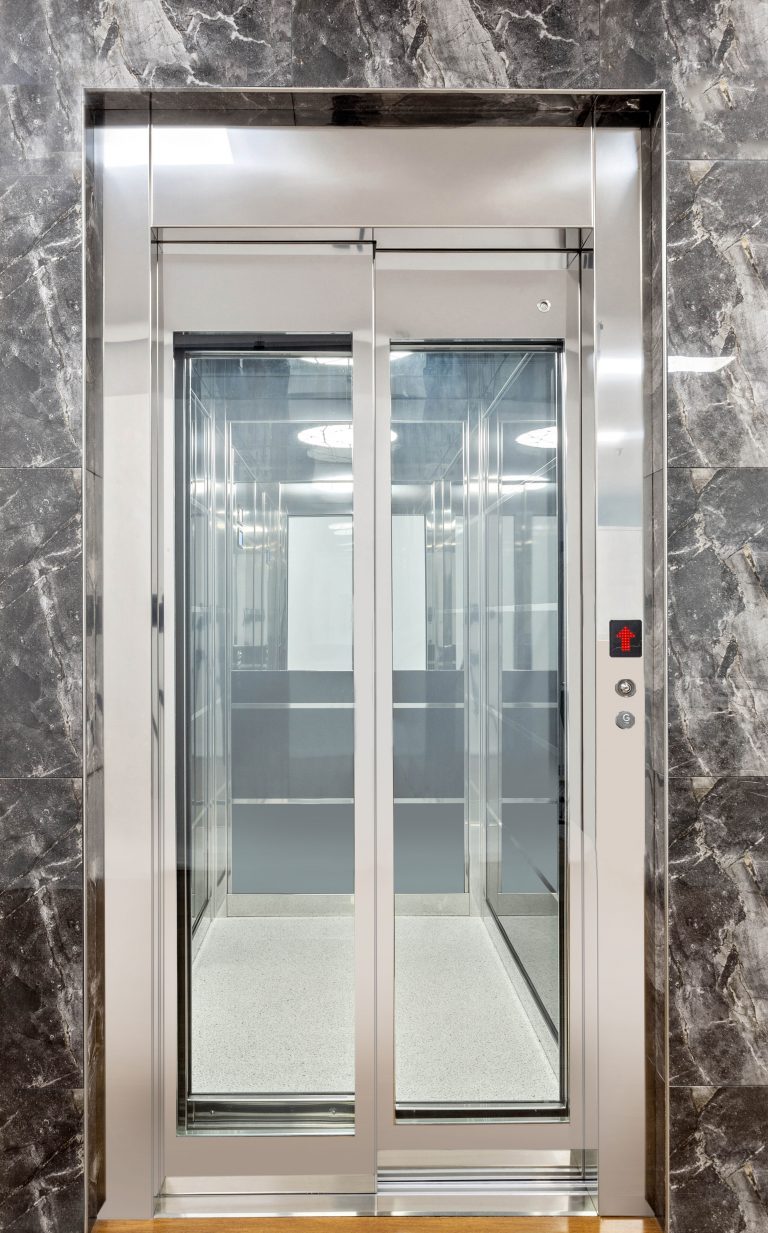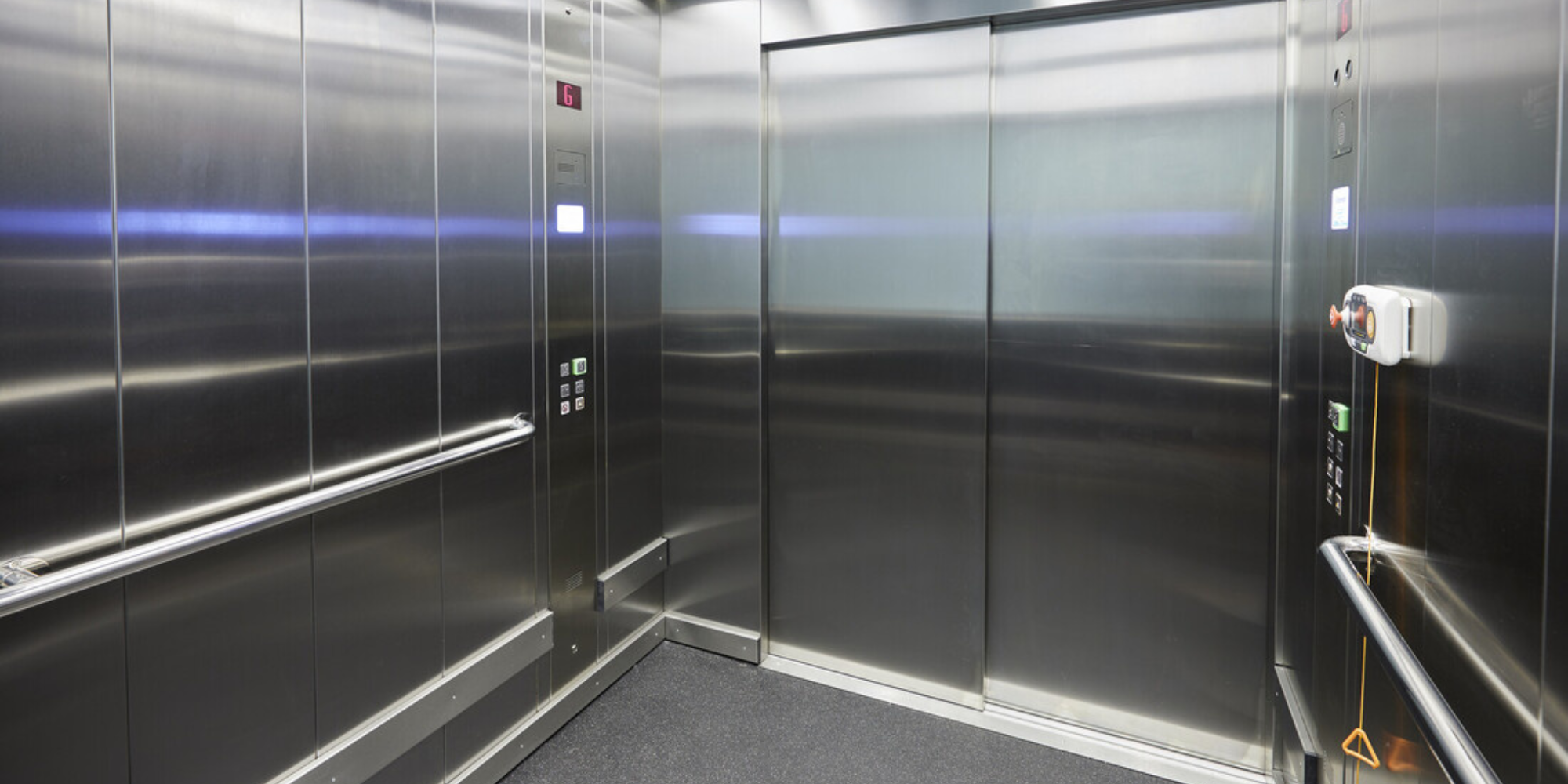Leading Lift Companies in London: Providing Exceptional Service and Support
Leading Lift Companies in London: Providing Exceptional Service and Support
Blog Article
Exploring the Globe of Elevators: Common Issues Dealt With by Different Lift Systems
As we browse through the vertical transportation systems of modern structures, elevators stand out as a crucial component of our daily lives. Nevertheless, behind their smooth procedure exists a globe of intricate devices that can in some cases come across difficulties. From hydraulic lifts to traction systems and machine-room-less layouts, each lift type comes with its collection of usual issues. Recognizing these challenges is vital for guaranteeing the smooth functioning of these crucial systems. Let's discover the intricacies that underlie the procedure of elevators and the possible issues that can occur, losing light on the intricate web of lift systems.
Hydraulic Lifts
Hydraulic lifts, usually preferred for low-rise buildings, use fluid pressure to manage the motion of the lift auto (lift repair companies). This mechanism involves a hydraulic pump pushing oil into a cylinder, triggering the lift to relocate in the wanted instructions. While hydraulic lifts are recognized for their silent and smooth procedure, they do feature their very own collection of usual concerns
One widespread trouble with hydraulic lifts is oil leak. The seals in the hydraulic system can wear with time, bring about oil infiltration. If left unaddressed, this not only creates a mess but can also influence the lift's efficiency. In addition, problems with the control system, such as malfunctioning shutoffs or a malfunctioning pump, can trigger disruptions in the elevator's movement.
Normal upkeep and timely repair work are important to guarantee the smooth functioning of hydraulic lifts. By addressing these usual problems proactively, building proprietors can lessen downtime and ensure the safety and security and performance of their vertical transportation system.
Grip Lifts
When thinking about upright transport systems in buildings, another common kind other than hydraulic elevators is the traction lift. Traction lifts operate using a system of ropes and weights that move the lift automobile by gripping onto the hoist ropes. This device enables smoother and faster upright transportation contrasted to hydraulic systems.
One of the usual problems encountered by traction lifts is rope wear. The consistent movement of the ropes within the grip system can lead to tear and wear gradually, potentially triggering the elevator to breakdown or become harmful for use. Routine inspections and maintenance of the ropes are essential to guarantee the lift's proper functioning and safety and security.
Another problem that grip lifts may come across is connected to the control system. Issues with the control system can cause concerns such as erratic motion, hold-ups in response times, and even full shutdowns. Routine screening and upkeep of the control system are essential to protect against such problems and make certain the elevator's dependability.
Machine-Room-Less (MRL) Lifts

Among the crucial components of MRL lifts is the small gearless grip maker that is installed within the hoistway. This equipment effectively drives the elevator car without the demand for large equipment located in standard traction elevators. In addition, MRL elevators typically utilize a counterweight system to stabilize the vehicle, more improving their power efficiency.
Regardless of their advantages, MRL lifts may face difficulties connected to maintenance and fixing because of the restricted space for equipment setup. Ease of access for servicing elements within the shaft can be restricted, calling for specialized training for specialists. Appropriate upkeep routines and normal inspections are important to make certain the ongoing smooth procedure of MRL lifts.
Overloading and Weight Limit Issues
Overwhelming and weight limit issues are critical problems in lift operations. Elevator suppliers layout lifts with specific weight abilities to make sure traveler safety and tools durability.
When elevators are strained, it places excessive pressure on the electric motor, cable televisions, and various other elements, potentially creating breakdowns or breakdowns. If they spot excess weight, safety and security systems such as sensors and overload sensors are in area to stop elevators from moving. In addition, surpassing weight limits can lead to boosted energy usage and deterioration on the lift system.
To alleviate overloading problems, constructing managers need to prominently present weight limits in lifts and educate passengers on the significance of adhering to these constraints - lift repair companies. Regular maintenance checks by certified service technicians can also assist ensure that elevators are running within safe weight specifications. By addressing overloading and weight limitation issues proactively, building proprietors can enhance elevator security and efficiency
Electric System Failings
Surpassing weight restrictions in elevators can not only cause london lift company mechanical issues however additionally possibly add to electrical system failures within the lift framework. Electric system failures are a vital problem in elevator operation, as they can trigger unanticipated shutdowns, malfunctions, or also safety and security hazards. One typical electrical problem is the getting too hot of parts as a result of extreme present circulation triggered by straining the lift beyond its capability. This can cause harm to the circuitry, electric motor, or control systems, resulting in expensive repair services and downtime.
In addition, power rises or changes in the electrical supply can additionally interfere with the elevator's operation, influencing its performance and safety. These electric disturbances can damage delicate elevator components such as control board, circuit card, or sensors, bring about system failures. Regular upkeep and evaluations are essential to recognize and attend to potential electric problems promptly, making sure the risk-free and reliable operation of lift systems. By adhering to weight restrictions and carrying out routine electrical system checks, structure owners can minimize the danger of electric failures in lifts.
Final Thought

Hydraulic elevators, often liked for low-rise buildings, use fluid pressure to manage the activity of the elevator auto.When thinking about upright transportation systems in structures, an additional typical kind aside from hydraulic lifts is the traction elevator. Grip lifts operate making use of a system of ropes and counterweights that move the lift car by grasping onto the hoist ropes. Unlike standard elevators that need a different equipment room to house the devices, MRL lifts integrate most of the elements within the shaft, removing the need for a specialized equipment room.In final thought, lifts encounter common issues such as hydraulic malfunctions, grip system failings, and electric system problems.
Report this page